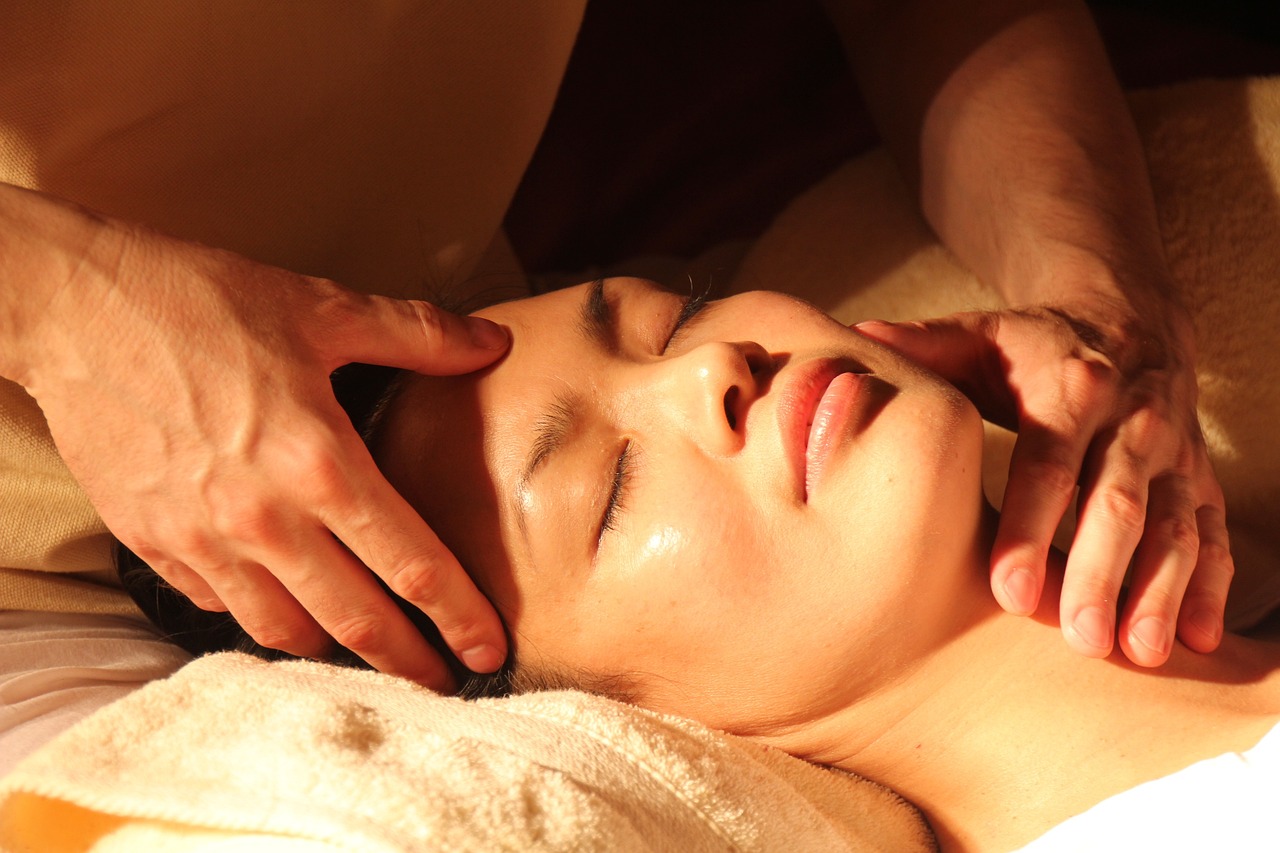Mental Health
Massage for Depression: Unveiling the Potential of Touch Therapy for Mental Wellness

massage for depression | (Photo : Image by Kai Miano from Pixabay)
Massage therapy has emerged as a potential aid in mitigating symptoms of depression, offering avenues for enhanced mental well-being through its multifaceted benefits. Although existing research is limited, indications suggest a promising prospect in alleviating depressive manifestations through various mechanisms inherent in touch therapy.
According to Medical News Today, studies have proposed that massage therapy may effectively diminish symptoms of anxiety and depression by targeting stress hormones, facilitating relaxation and enhancing overall psychological equilibrium. However, the current body of research primarily comprises small-scale studies, necessitating further exploration to validate these preliminary findings.
Despite the scarcity of conclusive evidence regarding the optimal type, duration and frequency of massage for depression management, its safety profile renders it an attractive complementary therapeutic option for individuals seeking additional avenues for mental health support.
At present, there is a dearth of research directly comparing various massage modalities as interventions for depression. Predominantly accessible in Western countries, Swedish massage stands out as the most prevalent form. Characterized by the application of elongated, smooth strokes to muscles and tissues, Swedish massage embodies a staple therapeutic approach.
Among the array of massage modalities are:
Shiatsu
Originating from Japan, Shiatsu is a massage technique characterized by the application of rhythmic, continuous pressure using the palms and fingers on specific areas of the body.
Deep tissue massage
This method targets both superficial and underlying layers of muscle and tissue, potentially leading to residual soreness.
Hot stone massage
A therapeutic practice involving heated stones positioned on the back of a supine individual, hot stone massage is renowned for inducing relaxation and alleviating tension.
Trigger point massage
Focused on addressing muscle knots, this technique entails applying precise pressure to localized areas of muscular tension.
Myofascial release
Manipulating the fascia encompassing muscles, nerves and blood vessels, myofascial release employs a gentle rolling motion to promote tissue flexibility and alleviate discomfort.
Self-massage, an alternative to professional therapy, presents similar benefits in reducing anxiety, enhancing circulation, and alleviating muscle tension. While research specifically on self-massage for depression is limited, preliminary studies suggest its efficacy, particularly in reducing stress and depression levels.
Despite the potential benefits, massage therapy should be viewed as a complementary rather than a standalone treatment for depression. It is crucial for individuals to consult healthcare professionals and consider evidence-based treatments such as talk therapy alongside massage therapy.
When seeking a massage therapist, individuals should prioritize those with relevant credentials, training, and expertise in treating depression or trauma. Recommendations from mental health professionals and thorough research can aid in selecting a suitable therapist.
While massage therapy holds promise as a complementary approach for managing depression, further research is needed to elucidate its mechanisms and optimize its therapeutic potential. Individuals experiencing persistent depressive symptoms should seek professional guidance for comprehensive treatment.








Join the Conversation